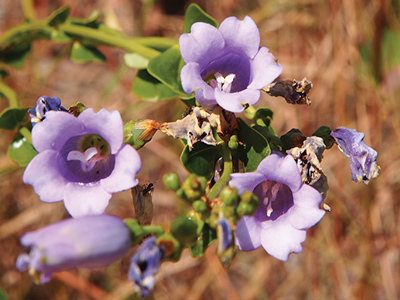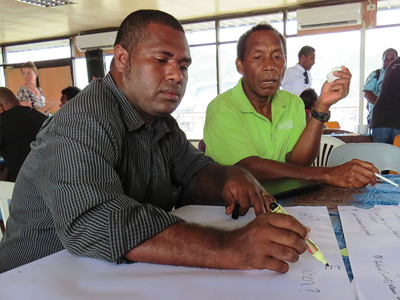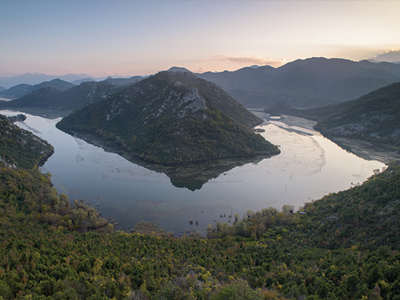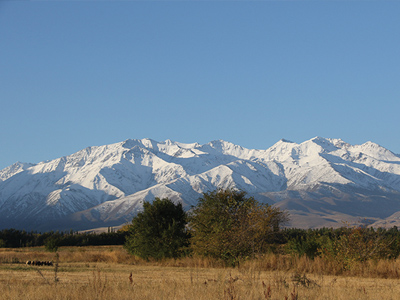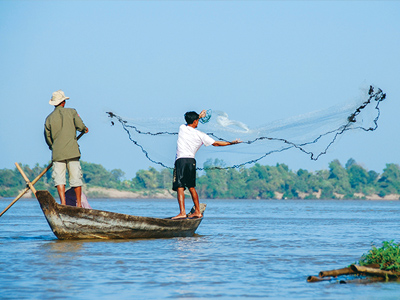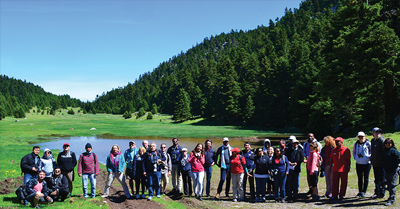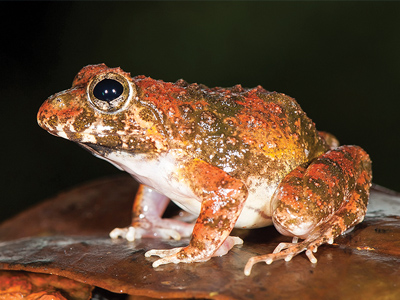Newly discovered frog species named after CEPF
Five years of extensive field studies in the Western Ghats and Sri Lanka Biodiversity Hotspot by Sonali Garg, a Ph.D. student of former CEPF grantee and University of Delhi professor S.D. Biju, led to the discovery of four new species of burrowing frogs in the Western Ghats region of India. In recognition of CEPF’s investment in the hotspot from 2008 through 2015, one of the species was named in honor of CEPF. The world of biodiversity welcomes the CEPF burrowing frog (Fejervarya cepfi).
Mediterranean Basin Hotspot ecosystem profile finalized
As CEPF’s first five-year, US$11 million investment in the Mediterranean Basin Biodiversity Hotspot approached completion, CEPF finalized an update of the ecosystem profile for the hotspot in June, laying the groundwork for a second investment. Produced by a consortium of organizations led by BirdLife International and IUCN, the updated profile represents the input from consultations with more than 500 people representing local governments, communities, businesses and civil society organizations in the hotspot. The resulting analysis of the hotspot and its biodiversity sets out a conservation strategy that will guide CEPF’s planned investment of an additional US$10 million over the next five years.


